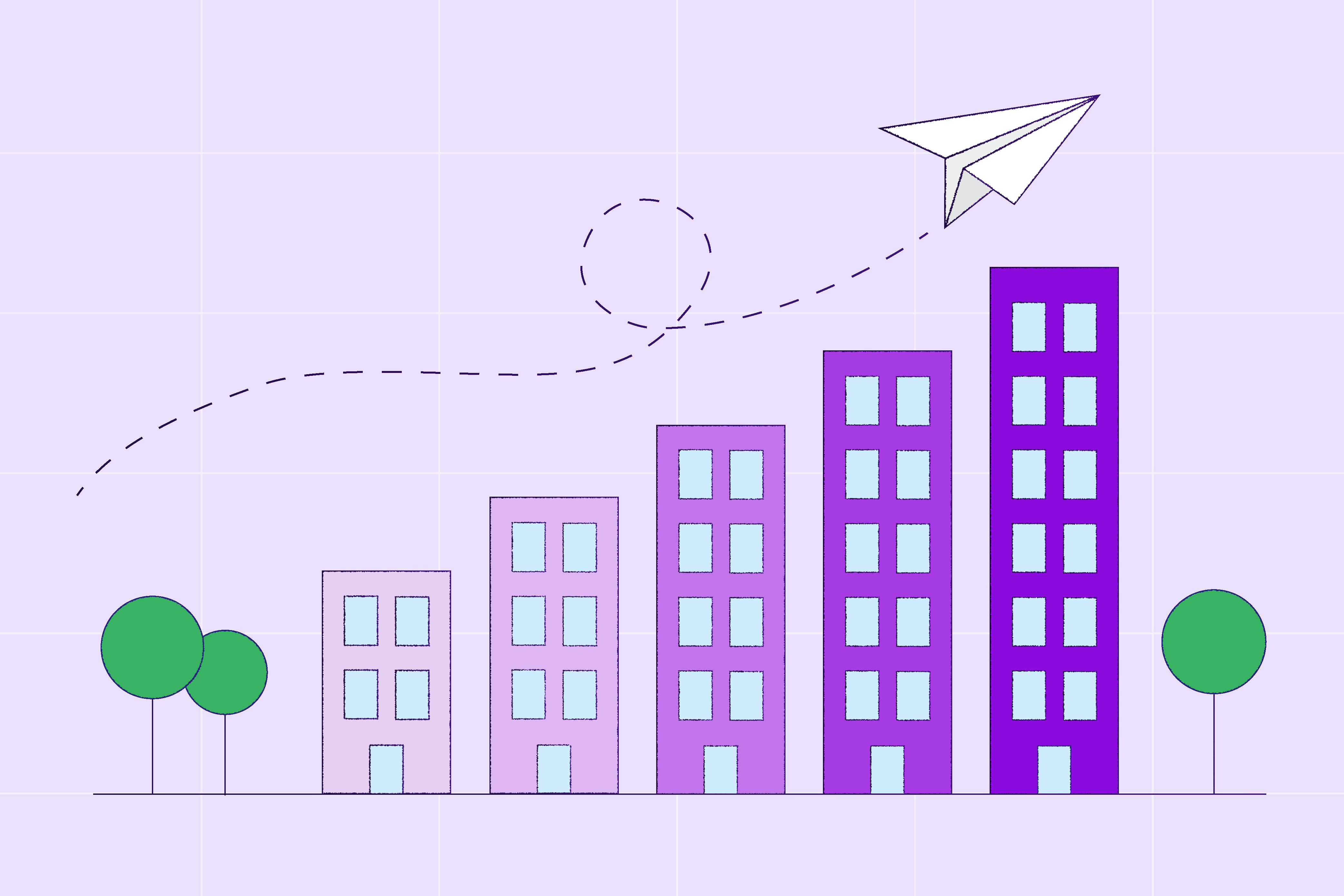3 great tips for a better procurement-supply-chain partnership
If it was once the case that procurement and supply chain were nearly invisible, lurking in the backgrounds of their organizations.
How things have changed!
As the COVID-19 pandemic ground the global economy to a halt and pushed businesses—and employees—to their limits, the relationship between procurement professionals and supply chain managers have become increasingly crucial in today’s complex world.
Last week, three of the industry’s most respected thinkers—Elanco Senior Director of Global Indirect Procurement Jill Robbins, Fairmarkit Head of Strategy and Execution Erin McFarlane and Kelly Barner, owner and managing director of Buyers Meeting Point—took part in a webinar to talk about the increasingly important link between procurement and supply-chain management. You can listen to that insightful conversation here, but for those pressed for time, we’ve pulled out three of the biggest takeaways:
1. Communicate, collaborate, and share
The old saying “you’re only a strong as your weakest link,” couldn’t be more true in our increasingly interconnected world, and the panelists agreed that procurement, supply chain, and third-party suppliers are all one team. If one of these suffers a failure, the impact reverberates up and down the chain.
Robbins urged procurement and supply chain professionals to communicate, collaborate, and share as much information as possible. And while it sounds simple enough to share information, in practice these departments have often operated in silos, so now is the time to rally together.
“It’s that continuum of information and that collaboration that’s so critical,” she said.
Here are some tips Robbins, McFarlane, and Barnes offered on how to communicate, collaborate, and share:
Don’t be a roadblock—instead, enable your company.
Be a leader in driving alignment across departments.
Together, work out where you have risk—and cooperate on building contingency plans.
Procurement and supply chain can team up to work with suppliers.
2. Rethink sole sourcing situations
Barnes said nothing highlighted the importance of the global supply chain more than the toilet paper shortage many communities saw at the outset of the pandemic. As panic spread across the globe, whether they knew it or not, everyone was watching the procurement motion play out in real-time. Things that used to be easy to buy suddenly required additional thought and careful planning, and it became increasingly obvious that many common items were sourced from a single location—think: hand sanitizer.
For many organizations, sole sourcing has exacerbated their supply problems, as stay-at-home orders affected production, and demand spikes and shipping closures led to abrupt shortages. Since procurement and supply teams work across the entire value chain, they each have a unique lens into every aspect of an organization’s operations.
By teaming up and thinking innovatively, procurement and supply chain management departments are well-placed to reassess situations in which their companies are relying on sole sourcing and can help mitigate many of the key operational risks which have arisen during the pandemic.
3. Learn from this crisis—because the next one is right around the corner
While the COVID-19 pandemic may be one of the most significant challenges businesses have faced in generations, it certainly won’t be the last. Natural disasters, trade disputes, and geopolitical events seem to be on the rise, so smart companies will try to learn from their COVID-19 experience.
Barner believes that for many companies, the crisis will be an incredible learning experience—and different departments will learn different things and be able to establish new best practices for their organizations. Procurement staff will learn a lot about their suppliers’ capabilities and associated risks. Supply chain staff will learn about their suppliers’ logistics, dependencies, and potential choke points. By sharing information, supply chain managers can teach procurement professionals a lot about crisis management and connectivity mapping. Procurement can teach supply chain professionals about relationship management and supplier contingency planning.
Conversations between procurement and supply chain teams about their learnings and experience of the pandemic will be invaluable to organizations looking to build better contingency plans and improved business strategies. “Learn, track, centralize and discuss,” says Barnes.
Procurement and supply chain is the crucial coalition
Finding and qualifying new suppliers, dealing with supply shortages of goods and materials, capacity problems, and labor shortages—these are some of the biggest challenges facing businesses now and well into the future. And they’re the very problems that procurement and supply chain professionals—by working together—can help their organizations solve.





